1. Formal Dining Rooms
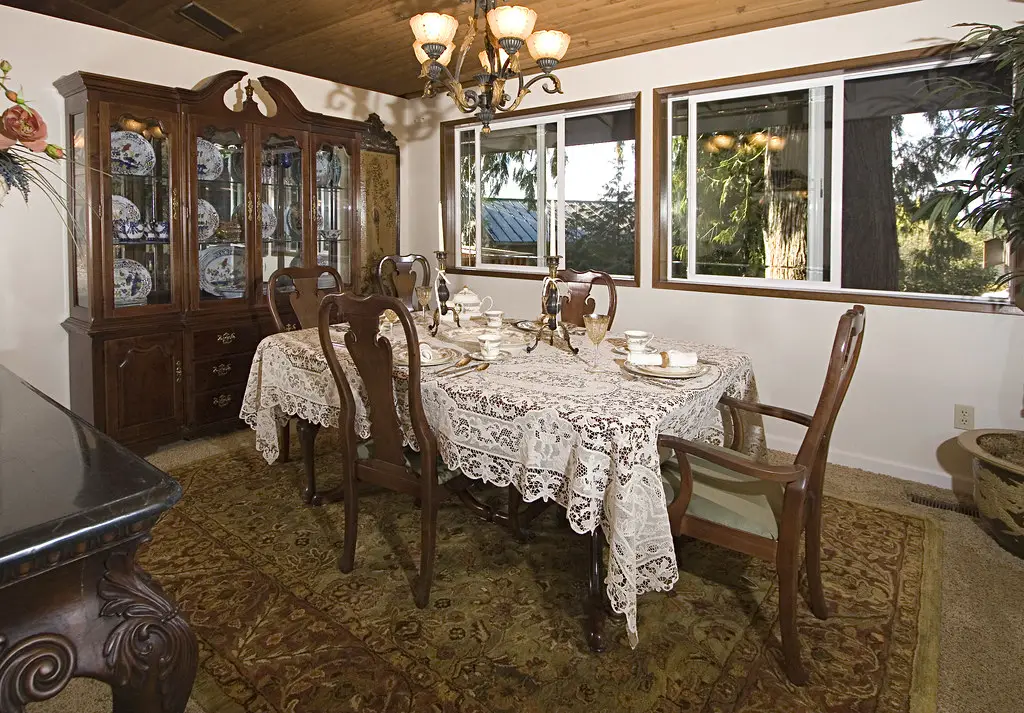
According to Zillow’s 2024 housing trends report, formal dining rooms are falling out of favor with younger buyers who prioritize open layouts and multifunctional spaces. Boomers often see a dedicated dining room as a mark of a proper, well-designed home, perfect for holiday dinners and formal gatherings. But for many Millennials, it’s just wasted square footage that could be better used as an office, playroom, or open-concept kitchen extension. The space feels rigid in an era that prizes flexibility.
Younger buyers are especially drawn to great rooms that combine living, dining, and kitchen areas for seamless entertaining. A formal dining room, especially one walled off from the main flow of the home, can feel like a relic from the past. Even if it’s beautifully decorated, it often doesn’t fit the way today’s homeowners actually live. These days, casual is king.
2. Whirlpool Tubs
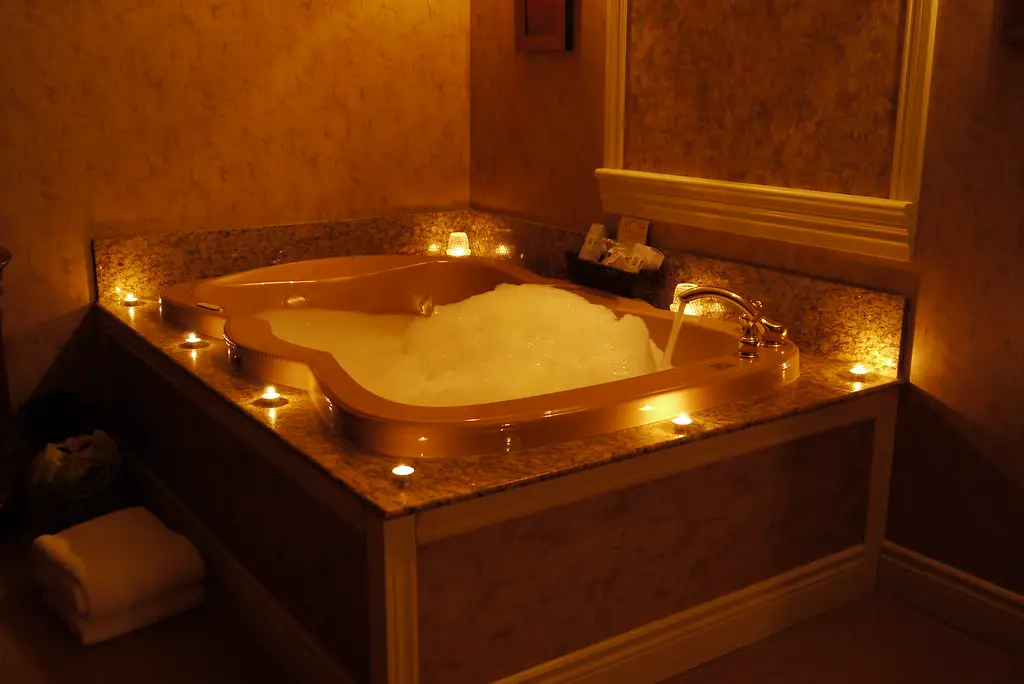
Whirlpool tubs once felt like the pinnacle of luxury—but now, they’re more likely to be ripped out than soaked in. As noted by Forbes, younger buyers tend to view these oversized tubs as impractical, energy-wasting, and difficult to maintain. They often prefer large walk-in showers with sleek tile and rainfall heads. For Boomers, though, the jetted tub is a relaxing indulgence worth keeping.
Younger generations also cite safety concerns, mold risks, and water usage when choosing to ditch the whirlpool. The space they take up could be used for a larger vanity, extra storage, or a double shower setup. Many buyers simply don’t have the time or desire to spend an hour soaking in a tub. The vibe has shifted from spa-at-home to “get in, get out.”
3. Wall-to-Wall Carpeting
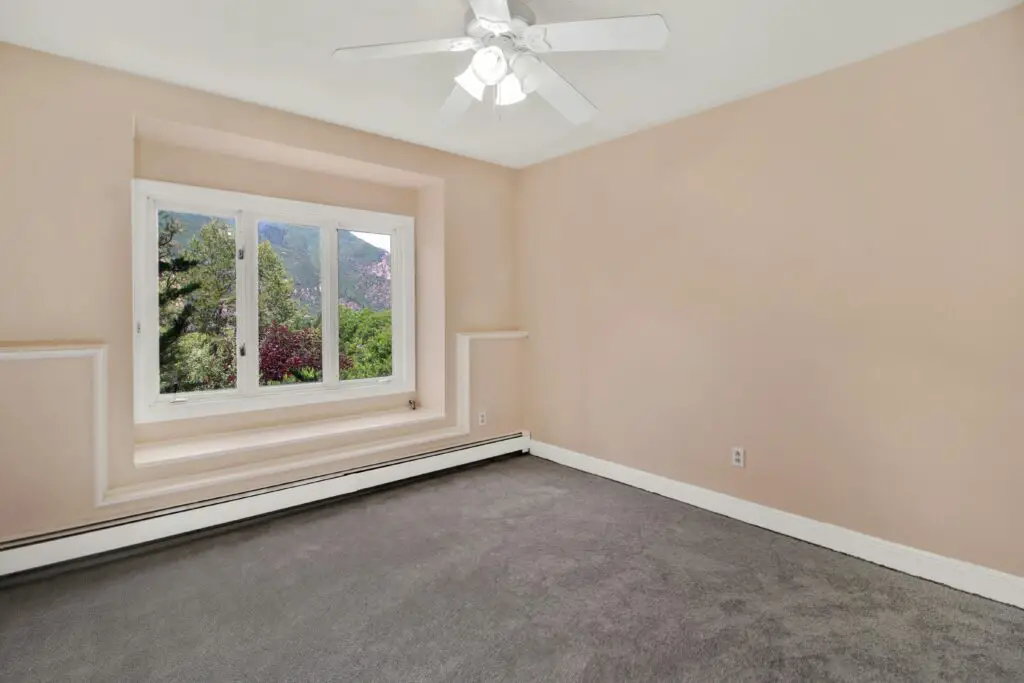
Wall-to-wall carpeting still holds nostalgic value for many Boomers—warmth, comfort, and a quiet step. But younger buyers? Not so much. According to a recent piece in Architectural Digest, hard flooring is one of the top features Millennials and Gen Z actively look for when house hunting.
They prefer wood, engineered hardwood, or luxury vinyl plank for its durability and modern appearance. Carpet tends to trap allergens, pets smells, and stains—making it a turn-off for anyone prioritizing clean lines and low maintenance. Even carpet in bedrooms is becoming optional rather than expected. For many younger homeowners, it’s easier to toss down a trendy area rug and call it a day.
4. Heavy Window Treatments

Boomers often love layered window treatments—valances, sheers, and floor-length drapes in matching fabrics. But younger buyers tend to see them as outdated and high-maintenance. As Lord Decor noted in a recent trend roundup, minimalist shades and smart blinds are what’s currently in demand. These cleaner options are easier to operate, let in more natural light, and match modern design preferences.
Younger homeowners are leaning into light-filled, airy interiors, often with an emphasis on natural textures and simplicity. Elaborate drapery can feel fussy and block out too much light. Boomers may appreciate the coziness and privacy these treatments offer, but they’re no longer seen as essential. In fact, many buyers are taking them down on day one.
5. Cherry Cabinets

Boomers often associate rich, dark cherry wood cabinets with elegance and tradition. But to younger buyers, they often read as dated and too formal for today’s casual living. Many now gravitate toward white, light oak, or even painted cabinets in soft tones like sage or navy. These options feel more approachable and align with popular minimal or Scandinavian-inspired design aesthetics.
Cherry cabinets also clash with the lighter floors and open-concept kitchens that dominate newer builds. For younger buyers, they can make a kitchen feel darker, smaller, and more closed in. Updating cabinetry is costly, so many will pass on a home that requires a major kitchen overhaul. It’s not that cherry wood is bad—it’s just not what’s trending anymore.
6. Carpeted Bathrooms
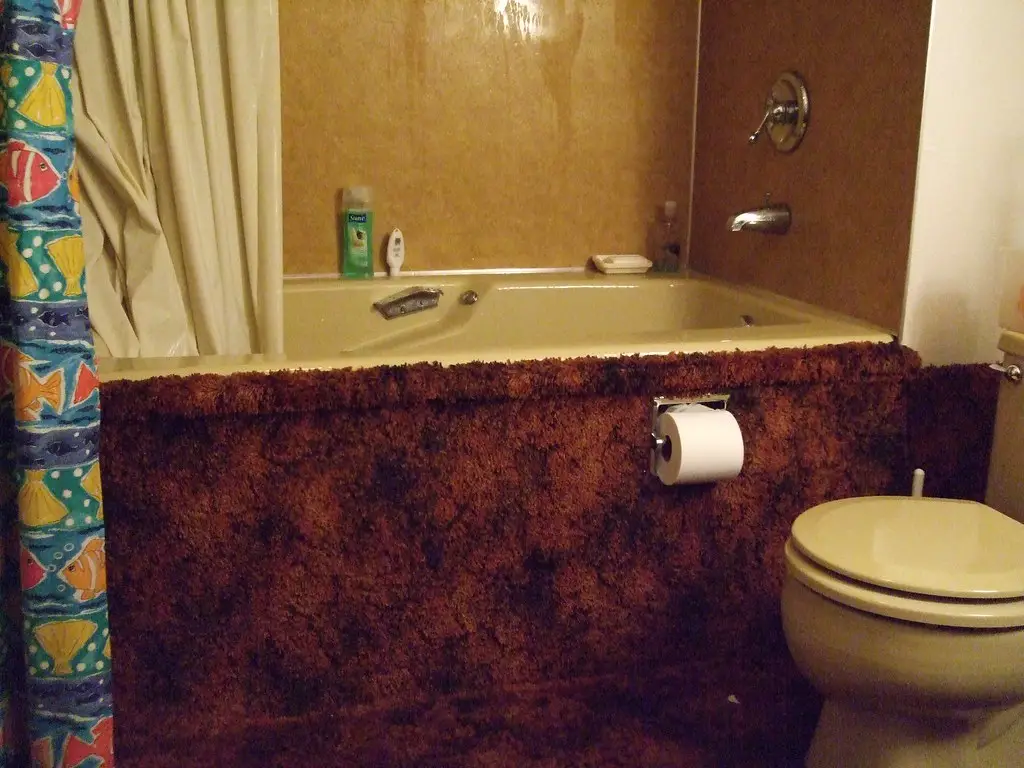
Once a sign of cozy luxury, carpeted bathrooms now tend to make younger buyers cringe. The potential for moisture damage, mold, and unpleasant smells makes this one of the first features to go. Boomers may appreciate the softness underfoot, especially in colder climates, but practicality wins out for most younger buyers. Tile, stone, or waterproof vinyl are the preferred alternatives.
There’s also a hygiene factor—bathroom carpeting just doesn’t feel as clean or fresh as hard flooring. Many buyers today are hyper-aware of bacteria and want spaces that are easy to scrub and sanitize. Even in older homes, a carpeted bathroom can be a dealbreaker. It’s a detail that dates the entire space, fast.
7. Brass Fixtures
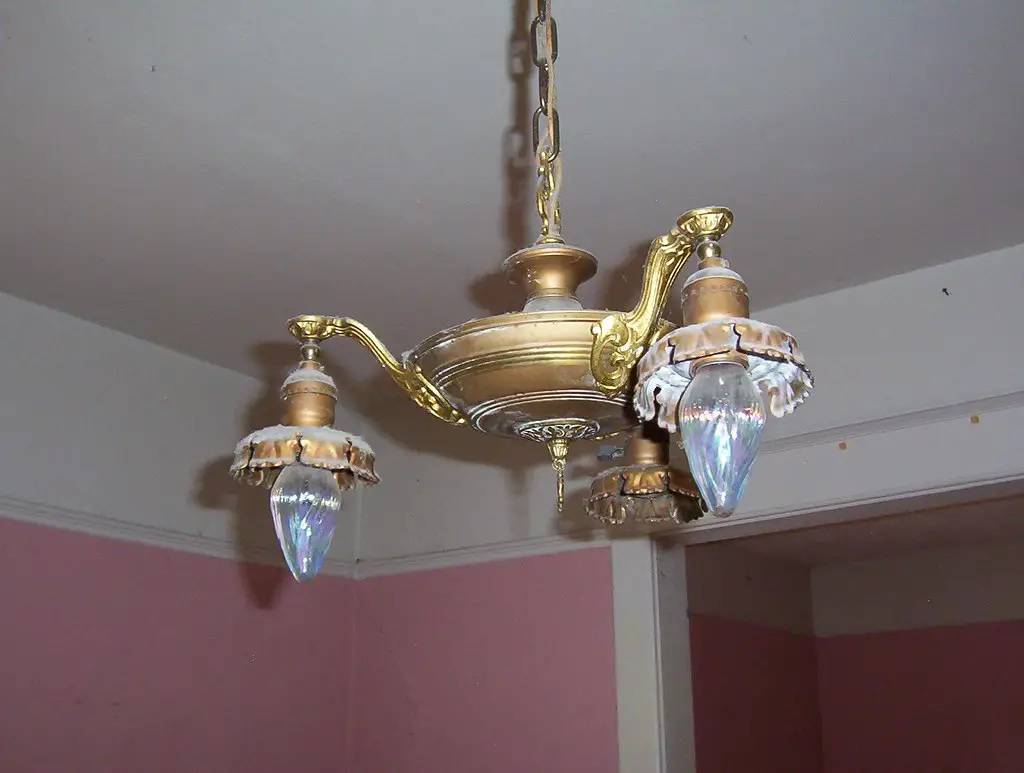
Polished brass fixtures were once all the rage, and many Boomers still see them as classic and warm. But to younger buyers, they can feel overly ornate and out of step with current design tastes. Brushed nickel, matte black, and aged bronze have taken over the fixture scene. These finishes are more versatile and less reflective, giving off a softer, more modern vibe.
Brass can also be tricky to style without making the space feel overly traditional or themed. While it’s making a comeback in more antique-inspired or curated designs, the glossy, high-shine look from the ’90s hasn’t aged as well. Many younger buyers consider it one of the first things to replace during a bathroom or kitchen update. It’s not personal—it’s just preference.
8. Popcorn Ceilings

Boomers may have accepted popcorn ceilings as a standard feature, but younger buyers tend to see them as an instant eyesore. Not only are they dated, but they’re also notoriously hard to clean and potentially asbestos-laced in older homes. Many buyers now prioritize smooth ceilings with clean paint or even subtle architectural detailing like beams or tray designs. Popcorn just feels lazy and low-effort in today’s market.
They also collect dust and shadow light in unflattering ways. Even if the rest of the house looks great, a popcorn ceiling can drag it down. Removing them is a messy and expensive job, so most younger buyers would rather skip the hassle altogether. It’s one of those upgrades that instantly modernizes a space.
9. Built-In Entertainment Centers
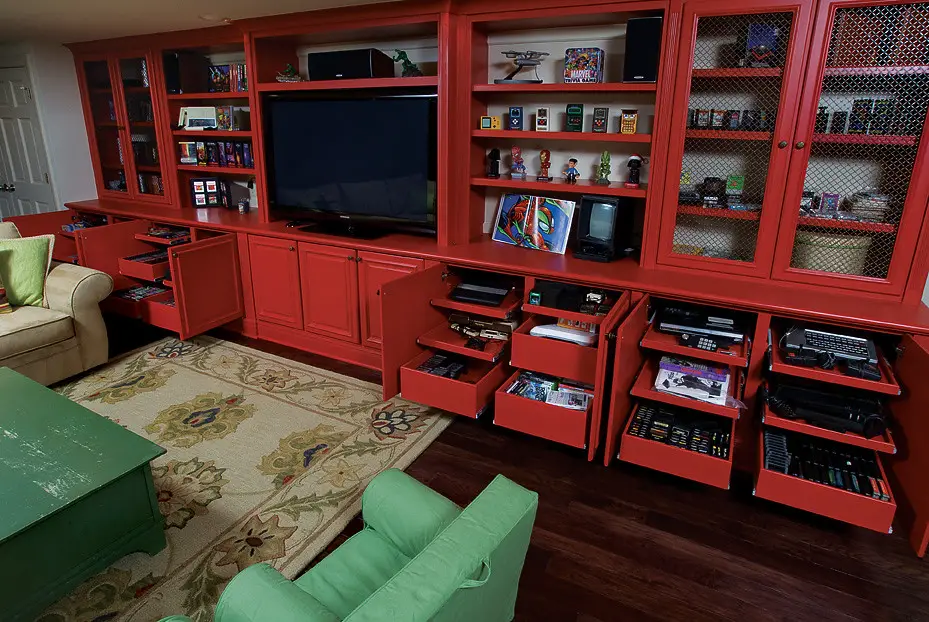
Before flat screens were wall-mounted, the massive built-in entertainment center was a living room staple. Boomers still love the storage and symmetry they provide—but younger buyers see them as bulky space-eaters. Today’s TVs are thinner, and many buyers prefer flexible furniture arrangements that allow for better flow. Fixed cabinetry can make a room feel cramped and dated.
Additionally, design trends now favor lighter, more open spaces with less visual clutter. These massive units also don’t fit the sleek tech aesthetic that younger homeowners embrace. While some can be repurposed for shelving or décor, most just end up on the renovation list. Flexibility is key, and built-ins are anything but.
10. Overly Themed Rooms
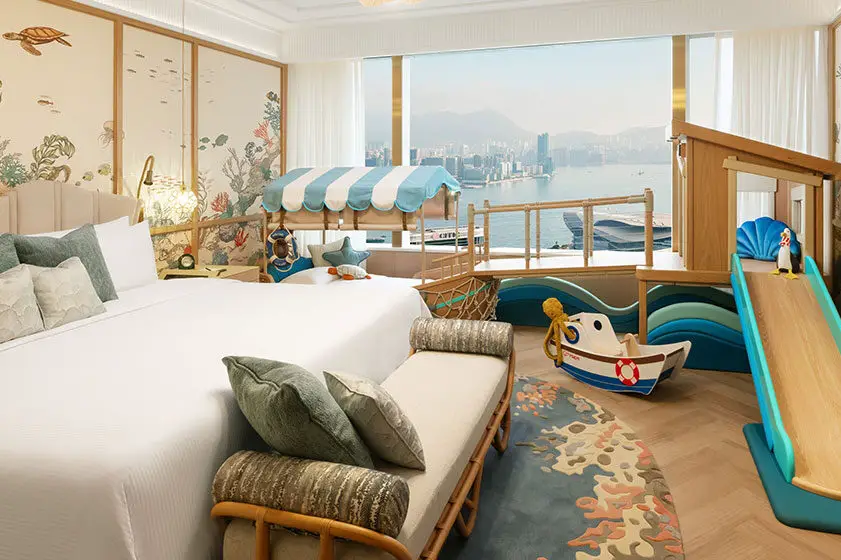
Whether it’s a nautical guest room or a Tuscan-inspired kitchen, themed décor was all the rage a couple decades ago. Boomers often enjoy these distinct styles, which add personality and a sense of storytelling to their homes. But for younger buyers, the look feels kitschy and limiting. Neutral, layered design with subtle character wins out over in-your-face motifs.
Themed rooms can also be expensive and time-consuming to redecorate. They limit the next homeowner’s ability to see the space as a blank canvas. While Boomers might cherish their Paris-themed powder room, most Millennials would prefer something more universally appealing. When in doubt, keep it simple.
11. Double Ovens
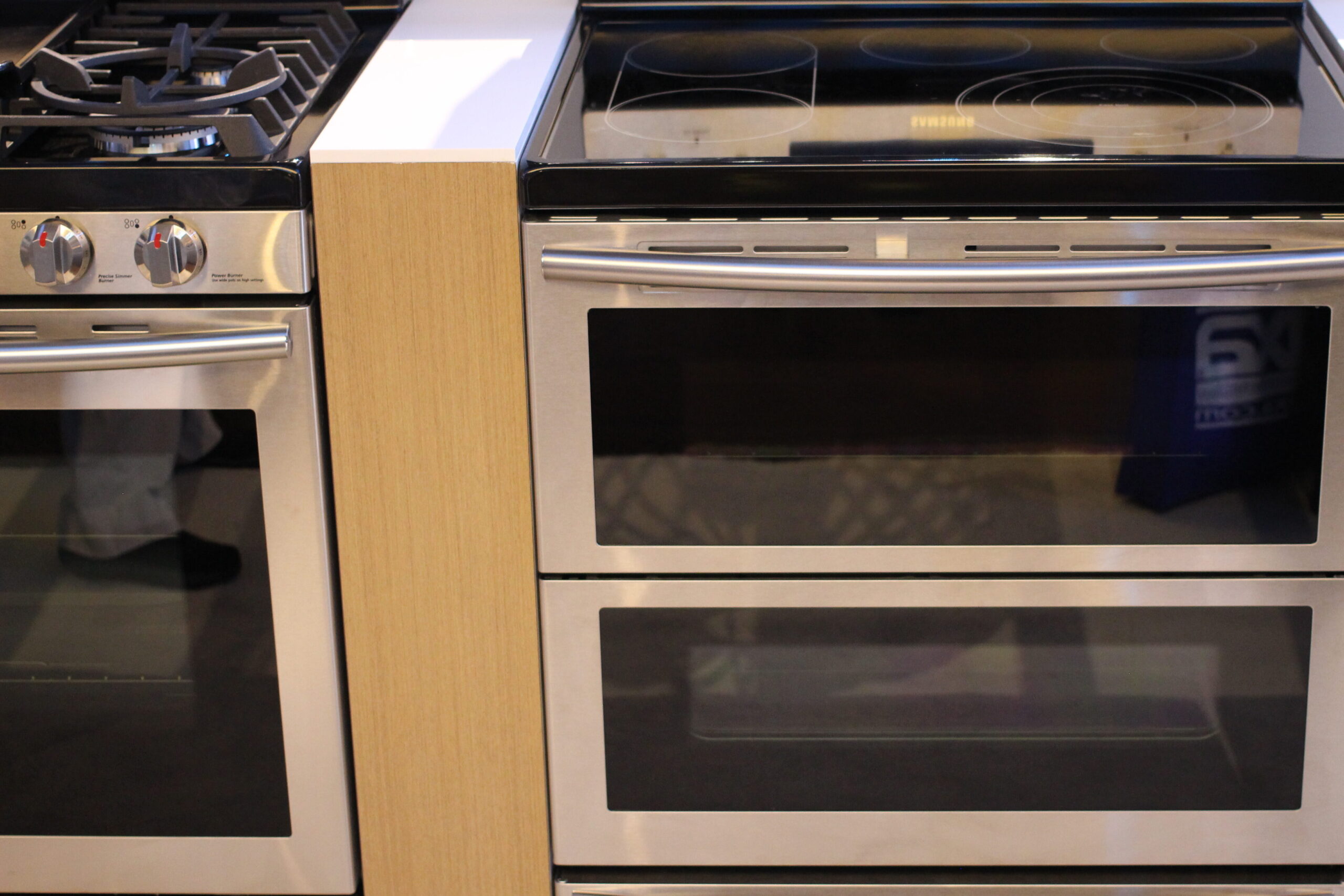
Boomers who love to cook and host big holiday dinners often consider double ovens a must-have. But younger buyers—many of whom cook less or live in smaller households—often don’t see the need. They’d rather have additional storage space or a sleeker single wall oven. The second oven can feel like wasted real estate in smaller kitchens.
Energy use and practicality also come into play. With so many opting for takeout or small-appliance cooking, the giant double-oven setup just isn’t as relevant. In newer builds, it’s often replaced by smart appliances that do more with less. It’s a classic example of how lifestyle shifts reshape design priorities.
12. Granite Countertops

Granite was once the gold standard of high-end kitchen finishes, and Boomers still value its durability and polish. But younger buyers are shifting toward quartz, butcher block, and even concrete for their looks and easier upkeep. Granite, especially in older, speckled styles, can feel heavy and dated. Plus, it requires periodic sealing, which turns off those seeking low-maintenance surfaces.
Quartz offers a wider variety of colors and patterns without the same upkeep headaches. It’s more consistent in appearance and fits with the light, bright kitchen trend that dominates Instagram and Pinterest. Granite still has its fans, but it’s no longer the only game in town. To younger buyers, it often signals a kitchen that hasn’t been updated in a while.
13. Curved Archways
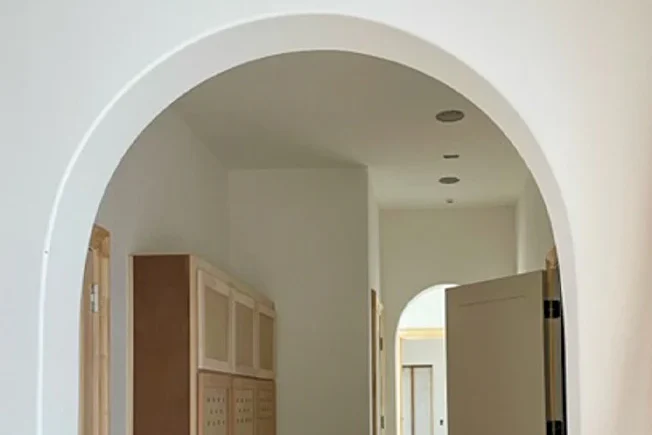
Arched doorways and curved architectural details have long been viewed as elegant by Boomers. They soften spaces and evoke old-world charm. But to many younger buyers, they feel overly traditional and don’t always align with the straight, clean lines preferred in modern homes. It’s a look that feels more Mediterranean villa than minimalist retreat.
In renovations, these arches are often squared off to create consistency. Straight lines also make it easier to hang art, install shelves, or mount smart home equipment. While arches can still have their place in high-end builds, they’re less common in starter homes or renovations aimed at resale. The modern aesthetic tends to win out.
14. Ceiling Fans in Every Room
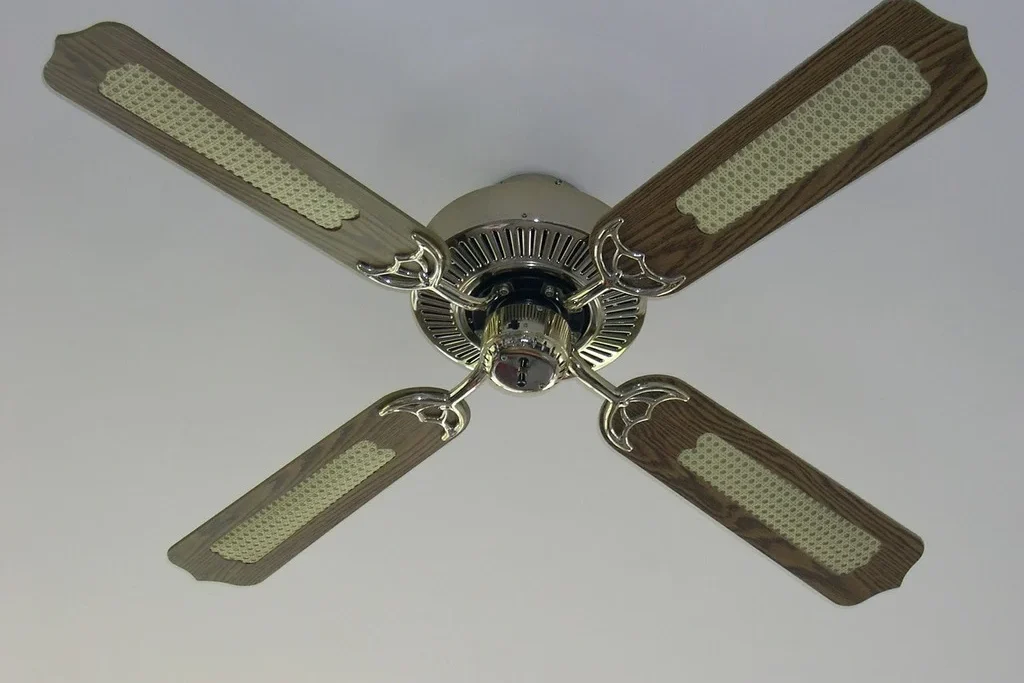
Boomers often insist on ceiling fans in almost every space—for airflow, energy savings, or habit. But younger buyers tend to rely more on central air or portable fans and prefer lighting fixtures with a cleaner look. Ceiling fans can be bulky and disrupt the minimal, modern lighting schemes many prefer. In some cases, they’re removed purely for visual reasons.
In bedrooms especially, younger buyers often choose quiet, low-profile fans or just use AC and blackout curtains to stay cool. Ceiling fans aren’t inherently bad—but they’re no longer seen as must-haves. In fact, in luxury listings, they’re often swapped out for designer pendants or recessed lighting. For Millennials and Gen Z, it’s less about utility and more about vibe.
15. Built-In Desks and Kitchen Phone Nooks
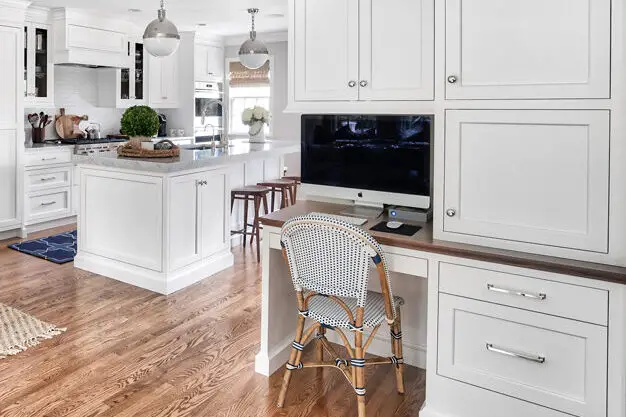
Boomers remember the days when every kitchen had a spot for the phone and family calendar. But in an age of smartphones and laptops, those tiny built-in desks are largely unused. Younger buyers would rather have more pantry space or additional counters for prep work. The nook, once seen as a central command station, has lost its relevance.
These features often date the kitchen and don’t serve any current function. Most people handle their scheduling, shopping lists, and communication on mobile devices now. While Boomers might see them as cozy or practical, younger buyers often just see them as wasted space. The “mom desk” has officially retired.
16. Sunken Living Rooms

Once considered stylish in the 1970s and 1980s, sunken living rooms gave homes a distinct conversation area and a sense of formality. Boomers often enjoy the nostalgic appeal, seeing them as cozy spaces for entertaining or watching TV. But for younger buyers, the drop in floor level feels impractical and even hazardous. Kids, pets, and even furniture arrangements make these spaces more of a hassle than a perk.
Modern design favors level, open layouts that allow rooms to flow seamlessly into one another. A step-down living room can interrupt that flow and make a home feel dated. Younger buyers also worry about the cost of leveling these areas during renovations. For them, it’s an outdated feature that creates more problems than charm.
17. Patterned Wallpaper

Boomers often love intricate wallpaper patterns that bring personality and texture to a room. Floral motifs, borders, and textured papers were once signs of a decorated, finished home. But younger buyers often associate wallpaper with difficult removal and design styles that don’t translate to modern tastes. What feels expressive to Boomers can feel overly busy or claustrophobic to Millennials and Gen Z.
Peel-and-stick wallpaper has gained some popularity among younger homeowners, but heavy, permanent wallpaper is a turn-off. The labor of removing layers of dated designs can scare buyers away before they even make an offer. Neutral painted walls are now seen as a fresher, more flexible starting point. Simplicity wins over nostalgia in this case.
18. Garage Workshops
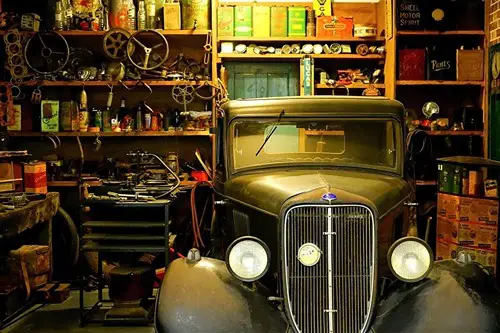
For Boomers, the garage workshop is often a point of pride, serving as a place to fix things, build furniture, or tinker with hobbies. Many see it as an extension of the home where practical skills are put to use. Younger buyers, however, are less likely to prioritize large workshop setups. They often prefer a clean, organized garage with room for cars, storage, or even a home gym.
With fewer people doing extensive DIY projects, the demand for full workshops has waned. Tools and hobbies have become more specialized, and younger buyers often outsource major repairs. The preference is for flexible storage solutions rather than bulky built-in benches and cabinets. A clutter-free garage appeals more than a workshop space that may never get used.
19. Large Jacuzzis on Decks
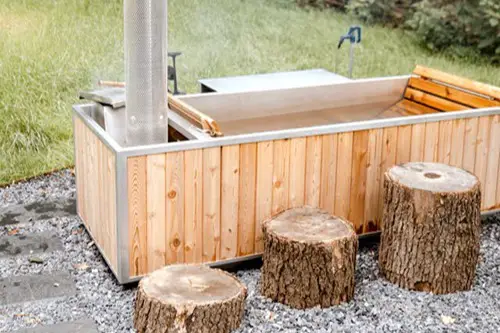
Outdoor Jacuzzis were once the ultimate luxury feature, giving Boomers a way to relax year-round. Many still see them as a highlight of backyard living, perfect for unwinding or entertaining guests. But for younger buyers, large deck-mounted Jacuzzis are often seen as maintenance nightmares. They take up valuable outdoor space and require constant cleaning and upkeep.
Today’s buyers tend to prioritize fire pits, outdoor kitchens, or simple lounge areas over hot tubs. The idea of a bubbling spa often feels more like a liability than a selling point. Concerns about energy use, sanitation, and repair costs add to the hesitation. Younger homeowners want outdoor spaces that are versatile and low-maintenance.
20. Frosted Glass Blocks

Boomers often appreciate frosted glass blocks for the way they filter light while maintaining privacy. They were especially popular in bathrooms and entryways, adding a geometric, high-end touch in their time. Younger buyers, however, see them as dated and institutional. The heavy, opaque look doesn’t align with the clean, airy styles trending now.
Modern buyers prefer clear glass, open windows, or frosted panels with sleeker designs. Glass blocks tend to darken spaces and limit design flexibility. Renovating around them can be costly, so many would rather avoid homes that still feature them prominently. What once looked futuristic now feels stuck in the past.
21. Mirrored Closet Doors
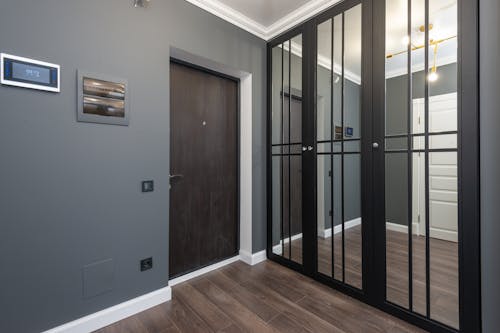
Floor-to-ceiling mirrored closet doors were once prized by Boomers for their practicality and illusion of added space. They made bedrooms look larger while doubling as full-length mirrors. But younger buyers now view them as outdated and unattractive. They’re more likely to associate them with the ’80s and ’90s than with modern design.
Mirrored doors also tend to show smudges, scratches, and age more quickly than other finishes. Younger homeowners favor clean-lined sliding doors, wood panels, or even open closet systems. The goal is functionality without the shiny, reflective surfaces. For most, a stand-alone mirror is preferable to living with mirrored walls.
22. Ornamental Iron Railings

Boomers often love decorative wrought-iron railings, which were once seen as a sign of craftsmanship and elegance. The intricate scrolls and patterns add character to staircases and porches. But to younger buyers, these details often feel heavy and dated. They tend to prefer sleek wood or glass railings that complement modern interiors.
Iron railings can also feel out of place in newer, minimalistic homes. They’re harder to update and often require expensive replacement to fit current tastes. Younger buyers want lighter, less ornate solutions that don’t overpower the space. Clean lines and simplicity take priority over ornate details.
23. Decorative Niches
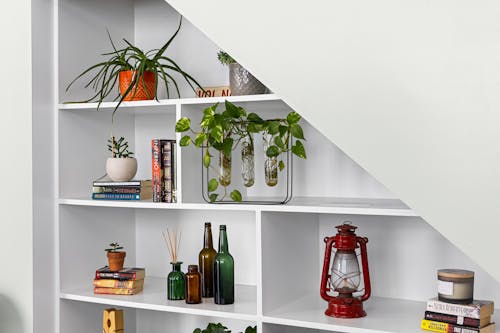
Built-in wall niches once served as spots for vases, figurines, or family heirlooms—perfect for Boomers who enjoyed displaying collections. These features were seen as thoughtful touches that elevated a home’s design. Younger buyers, though, often find them impractical and difficult to style. Instead of charm, they see wasted wall space.
Many now prefer flat walls that can easily accommodate art, shelving, or mounted TVs. Decorative niches limit flexibility and tie a room to a very specific era of home design. For Millennials and Gen Z, personalization is about versatility, not pre-built display spots. As a result, niches are often patched over in renovations.
This post Boomers Still Love These 23 Home Features – But Younger Buyers Want Them Gone was first published on Greenhouse Black.
